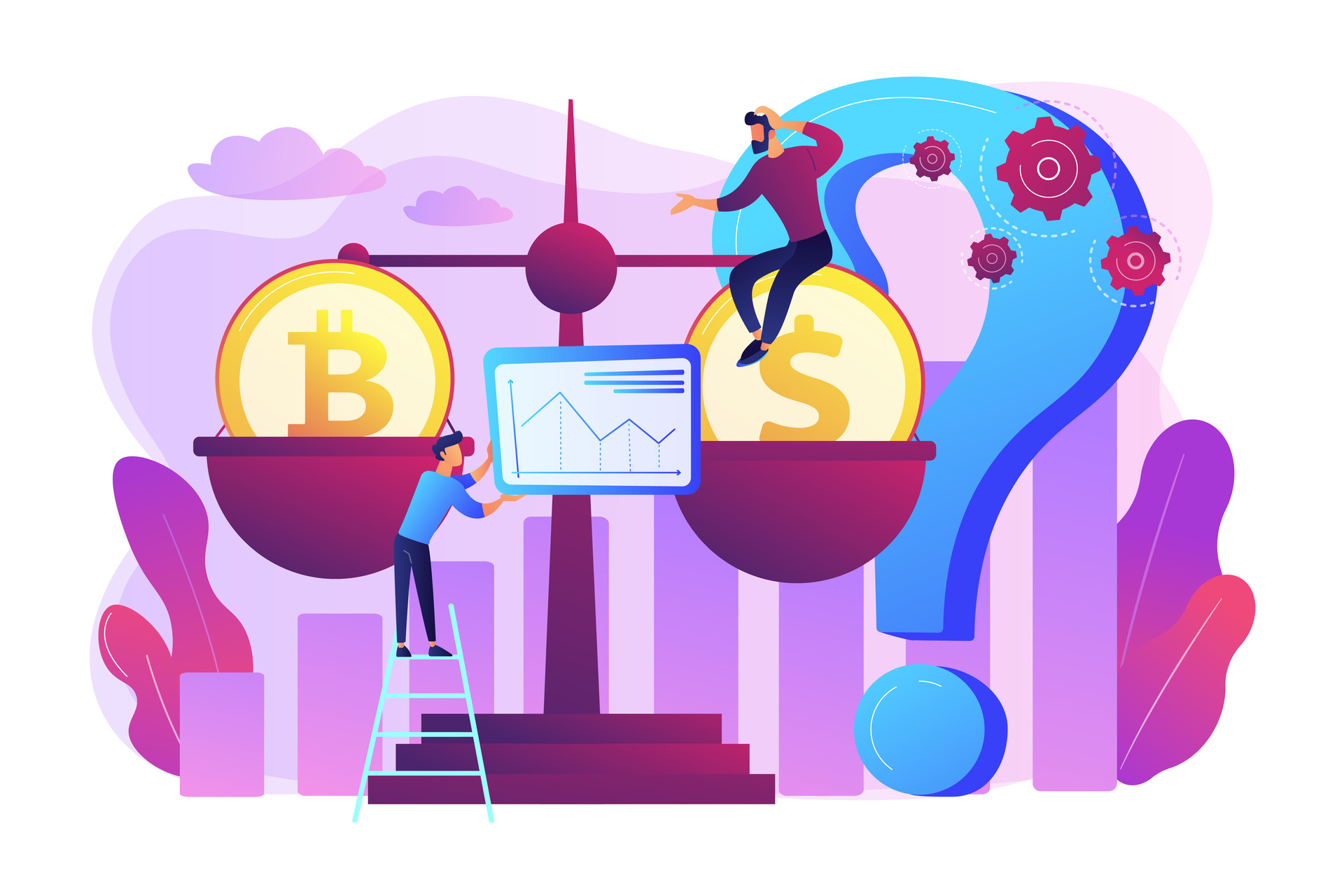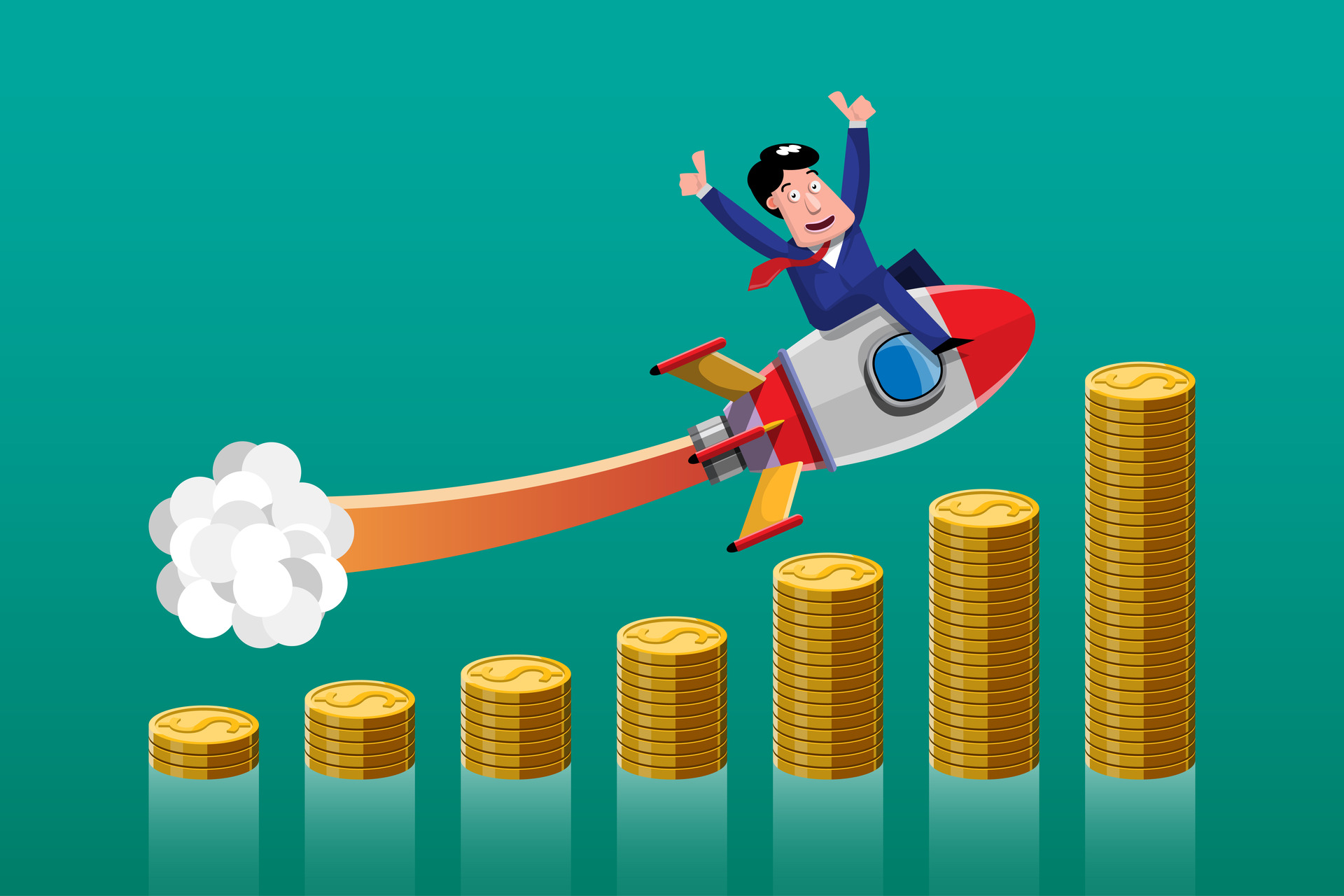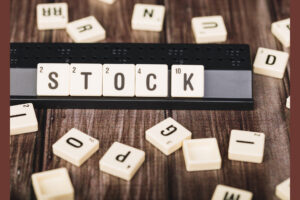Why EVERYTHING Changes After ₹10 Lakh (7 Reasons)
When it comes to financial milestones, most people set their sights on the big, shiny numbers. ₹1 crore,₹10 crore. These are the benchmarks that dominate conversations about success and wealth. But what if we’ve been looking at it all wrong? What if I told you the most transformational financial breakthrough doesn’t come when you reach ₹1 crore —but much earlier?
From my personal experience and countless stories from others on similar paths, the true turning point—the moment everything begins to shift—is when you hit your first ₹10 lakh. Crossing this milestone doesn’t just impact your bank account; it changes the way you think, act, and plan for the future.
Why ₹10 lakh? Because it’s the point where money starts to feel real. It’s enough to prove that you’re capable of saving, earning, or managing a meaningful amount. It’s where confidence begins to take root. Your financial goals no longer feel like far-off dreams but achievable, tangible outcomes.
1. It Shatters a Mental Barrier
The first reason why hitting ₹10 lakh is so transformative is because it shatters a major mental barrier. Seeing your account roll into seven digits is more than just a moment of pride—it’s concrete proof that you’ve developed strong financial habits. It shows that you’re no longer just surviving; you’re starting to build.
For many Indians, staying stuck in the five-figure or low six-figure savings range is the norm. Let’s look at the numbers. According to government and industry surveys, the average annual salary in India is around ₹5–6 lakh. That comes to roughly ₹40,000–₹50,000 per month. Now, if you’re disciplined enough to save 20% of that income—a pretty ambitious goal for most. That’s about ₹8,000–₹10,000 per month, or roughly ₹1–1.2 lakh in a year if everything goes perfectly.
But real life isn’t that neat. You have rent or a home loan EMI, groceries, transportation, healthcare, education costs, debt repayments—the list goes on. If your financial habits aren’t dialed in, or if you’re burdened with high expenses or loans, even saving that 20% becomes extremely difficult. And that’s how many people find themselves stuck—living paycheck to paycheck with little to no savings cushion.
So if you’ve managed to break through and save your first ₹10 lakh—despite the realities of everyday expenses—you absolutely deserve a pat on the back. It means you’ve been putting in the work, practicing discipline, and making smart choices. More importantly, it proves to yourself that saving is possible. That belief alone can start to shift your identity and reshape the way you see money.
Once you’ve hit ₹10 lakh, the next milestones—₹25 lakh, ₹50 lakh, or even ₹1 crore—don’t feel so far-fetched. You’ve already done something that most people never manage. That confidence, that sense of capability, becomes your fuel for the journey ahead.
2. The Power of Compounding
The second reason hitting ₹10 lakh is such a game-changer is because it’s the point where the power of compounding begins to kick in. Once you reach this milestone, your money is starting to work for you. And that’s a major shift in how wealth is built over time.
Albert Einstein called compound interest the eighth wonder of the world. It’s the simple yet powerful concept that your money earns interest—and then that interest earns interest. Over time, this creates an exponential snowball effect.
Let’s break this down with an example. Say you’re able to save and invest ₹1 lakh per year, and you earn a conservative 10% return annually (which is reasonable for long-term equity mutual funds or index funds in India). It would take about 7.5 years to build your first ₹10 lakh. Now, you might assume that reaching ₹20 lakh would take another 7.5 years—but that’s not the case. Thanks to compounding, your first ₹10 lakh is now generating returns on its own. As a result, it would only take around 5 more years to reach ₹20 lakh—saving you roughly 2.5 years of effort.
This is why the faster you get your first ₹10 lakh, the sooner your money can start multiplying on its own. That’s when your financial momentum really takes off—and wealth starts to build almost effortlessly.
3. Building Confidence Around Money
One of the most underrated benefits of hitting ₹10 lakh is the boost it gives to your confidence around money. That’s why it’s the third reason this milestone is such a big deal. Once you’ve built up that amount, something shifts in how you think about and relate to money.
Social media often makes it feel like everyone is a crorepati or driving luxury cars. Your feed is probably filled with reels of people flashing foreign trips, side hustle success stories, or YouTube videos boasting titles like “How I Made ₹1 Crore by 25.” But here’s the reality check: most Indians aren’t even close to that.
According to RBI reports, most Indian households have less than ₹5 lakh in liquid savings, and a large section struggles to cover even a ₹50,000 emergency without borrowing. So, while ₹10 lakh might not seem like much compared to the headlines, for the average person—it’s a very significant milestone.
Going from six digits to seven is more than a mathematical shift—it’s a psychological shift. Having ₹10 lakh in your account should give you a real sense of “I can do this.” It confirms that you’re capable of managing your money, setting goals, and achieving them.
4. It Covers Life’s Emergencies
The fourth reason why having ₹10 lakh is game changing is that it can cover 99% of life’s emergencies. An emergency fund is a critical part of any solid financial plan.
Hitting ₹10 lakh means you now have a strong safety net. Most unexpected expenses you’ll encounter—whether it’s a medical bill or family emergency—typically fall well below that threshold. The majority of emergency expenses in India are under ₹1–2 lakh, with rare cases going higher.
That’s why having ₹10 lakh set aside changes everything. You’re no longer living on the financial edge. You can breathe easier, knowing that most of life’s surprise expenses aren’t going to knock you off your feet.
5. You Become Pickier About Opportunities
The fifth reason why hitting ₹10 lakh is such a game-changer is that it gives you the freedom to be a bit pickier with opportunities. Before reaching that milestone, you might feel pressured to say “yes” to anything that pays. But once you have that cushion, you gain leverage, breathing room, and options.
With ₹10 lakh in the bank, you can negotiate from a place of strength, hold out for better-paying or more meaningful work, or even consider taking calculated risks like a job switch, relocation, or entrepreneurial attempt.
Ultimately, ₹10 lakh gives you the space to view money as a tool rather than a constant limitation.
6. It Unlocks Real Investment Opportunities
Another major reason why hitting ₹10 lakh changes everything is that it opens the door to real, meaningful investment opportunities.
Before this milestone, most people only manage small SIPs of ₹1,000–₹5,000. While those are excellent habits to build discipline, the growth feels slow and the returns often seem insignificant. For example, even if you earn 12% on ₹100,000 invested, that’s just ₹12,000 in a year—not enough to get you excited.
But with ₹10 lakh in hand, the landscape changes completely. A 12% annual return on ₹10 lakh is ₹1.2 lakh—enough to cover a year’s rent in many Indian tire 2, 3 cities or even pay for a family vacation. Now investing feels powerful and impactful.
With this amount, you can:
- Put ₹5–6 lakh into diversified equity mutual funds or index funds for long-term wealth building.
- Allocate ₹2–3 lakh into safer options like PPF, debt mutual funds, or fixed deposits for stability.
- Keep ₹50,000–₹1 lakh for short-term goals or emergencies in liquid funds.
- Even experiment with ₹50,000–₹1 lakh in a side hustle or small business, which could grow into an additional income stream.
At this stage, you’re no longer just “saving to survive.” You’re actively building wealth and putting your money to work. And that’s when compounding and financial freedom really start to accelerate.
7. It Breaks the Cycle of Financial Anxiety
Having ₹10 lakh saved helps break the cycle of financial anxiety.
Most people in India live under a quiet, persistent cloud of money stress—rent hikes, school fees, medical bills, or even just getting through the month. But when you hit that ₹10 lakh milestone, that present tension starts to ease.
You stop stressing over every minor expense. You’re no longer paralyzed by the thought of an unexpected cost derailing your plans. You gain real peace of mind knowing you have some breathing room.
That emotional shift—from scarcity to abundance—is one of the most meaningful transformations in anyone’s financial journey. And once that shift happens, it creates a positive feedback loop. Your confidence grows, your wealth grows, and your belief in what’s possible grows.
So many good things begin to unfold once you hit that first ₹10 lakh mark. If you’ve already crossed that threshold, did you notice these shifts when you first reached it? And if you haven’t hit ₹10 lakh yet, don’t worry. I hope this helps you see just how life-changing it can be when you do. Keep pushing—you’re closer than you think.
FAQs on Hitting Your First ₹10 Lakh
1. Is ₹10 lakh really a big deal in India?
Yes. While ₹10 lakh may not make you “rich,” it’s a significant milestone. Most Indian households don’t have even ₹5 lakh in liquid savings. Having ₹10 lakh means you’ve built strong money habits and created a financial safety net that puts you ahead of the majority.
2. How long does it usually take to save ₹10 lakh?
It depends on your income, expenses, and discipline. For someone earning ₹50,000 per month and saving 20% (₹10,000 monthly), it can take around 8 years without investment returns. But with smart investing in mutual funds or index funds, many people reach ₹10 lakh in 3–5 years.
3. Where should I invest my first ₹10 lakh?
A balanced approach works best:
- 50–60% in equity mutual funds or index funds for long-term growth
- 20–25% in safe instruments like PPF, debt funds, or FDs for stability
- 10–15% in liquid funds for emergencies
- 5–10% in side hustles, skill building, or new opportunities
4. Should I use ₹10 lakh for a down payment on a house?
It depends on your priorities. If owning a home is a life goal and you’re financially stable, using a part of it as a down payment makes sense. But if flexibility, compounding, and growth are your focus, investing that ₹10 lakh might give better long-term returns than locking it into real estate.
5. Can ₹10 lakh cover emergencies in India?
Absolutely. Most medical emergencies, car repairs, or family-related expenses in India fall under ₹2–3 lakh. Having ₹10 lakh means you can handle multiple emergencies without loans or credit card debt.
6. What’s the biggest mindset shift after hitting ₹10 lakh?
The shift from scarcity to abundance. You stop living paycheck-to-paycheck and start seeing money as a tool. You gain confidence to make smarter decisions, invest in better opportunities, and even say “no” to things that don’t align with your goals.
7. What should be my next target after ₹10 lakh?
Most people set their sights on ₹25 lakh or ₹50 lakh next. But instead of chasing a number, focus on consistent savings + investments. Once your money compounds beyond ₹10 lakh, growth accelerates, and hitting bigger milestones becomes faster.













Post Comment